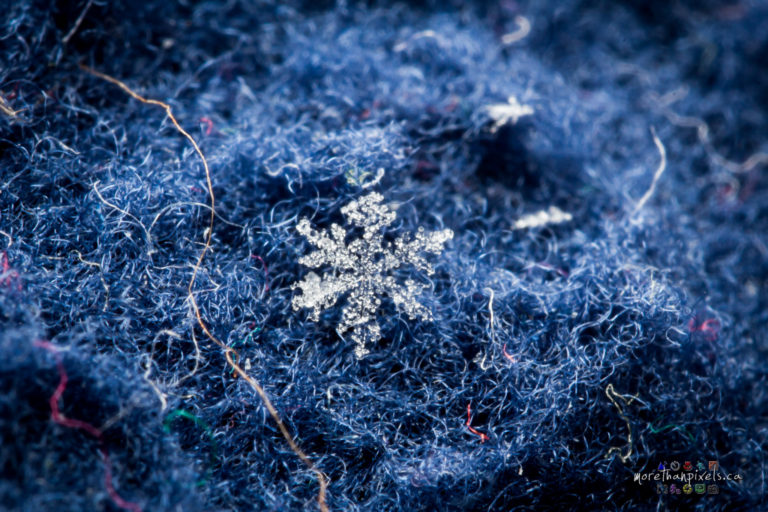
Despite the fact that art is very subjective, most people know what makes a great image. When they think about memorable photographs, many people think about the rules of composition, the balanced saturation of the colors, the crisp focus, the allure of the subject, and a number of other things. Truly, these elements are all there when we think about the great photographs of our time and before. They are the details that the masters study and apply when taking a picture.
Sometimes, however, the creator of an image may decide that he or she would like things to look different after the image is created. Back in the day, when photography was done on film, this was surely a hard task. When photographers started learning new ways of developing the film and change the look of the images, a new area in photography was born. Editing images became a possibility, and now in digital times, it has become an important component of the photographer’s arsenal. Some would say more than the photography itself.
Some people have the opinion that a picture should be displayed exactly as it was taken, or as we photographers like to call it, straight out of the camera (SOOC). According to this line of thought, the photographer’s skill resides only in how to handle the equipment. Mastering the camera settings (therefore altering the image before it is created) is the only acceptable way to change the outcome of a photograph. It is an interesting mindset and I used to think this way too.
(Move your mouse over the images to compare versions.)
A view of Pyramid Mountain in Jasper National Park
A little over two years ago, when I bought my first DSLR, I used to spend a lot of time thinking about how to take a picture. Once I found the subject, I would think about the best angle and appropriate focal distance to create a good composition. Then I would spend another great deal of time thinking about how I wanted to set up the camera. Some of my thoughts were: “What is the correct white balance?”, “Should I use exposure bracketing? A tripod?”, “What’s the best aperture?”, “ISO 100 or 800?”. While I have to agree that considering some of these points beforehand is critical to obtain a good photo, I learned over time to let go of others: those that can be corrected after the photo has been taken, with the help of Lightroom or Photoshop, or other software. Now, when taking my pictures, I focus (pun intended) on the important things that can’t be changed afterward.
You may have heard a comment like “Oh, that picture must have been photoshopped”, said like it was a bad thing. Well at least for me it doesn’t have to be. Most pictures that you see are photoshopped or retouched in some way, and I don’t think that it decreases their visual value. Sometimes – and in fact, more often than not – the camera simply can’t capture the full actual range of luminosity, colors, and details of a subject (be it a landscape or a model). In those instances, the photographer has the possibility of digitally enhancing the SOOC picture, making it look closer to reality. I some situations, they prefer to portray the scene with their “artistic eye”. To me, it’s all part of the art, which is as said before, very subjective.
A night view of MacKenzie Beach in Tofino (BC)
Yet, not all photographers have that freedom: Photojournalists, for instance, are expected to report truthfully a scene or circumstance with minimal use of enhancements. The viewer expects to get a true account of how things looked as if they were there. On the other hand, the majority of product photography used in ads these days tends to be enhanced to increase sales (although in most cases they don’t want you to know that). How many times did your Big Mac looked like the one in the ad?
A person’s image can also be considered a product, and may very well be subjected to the same treatments. Have you seen the recently released unretouched photo of Justin Bieber’s photoshoot for Calvin Klein? Take a look here.
Going back to my own practices, I tend to edit in a very minimalistic way. Some of the parameters that I may tweak when editing my pictures are white balance, exposure, contrast, clarity, tone mapping, color saturation, noise reduction, sharpening, and correction of lens distortion. I also sometimes use photo stitching to create panoramic images (more on that later). These are all done in Lightroom, with the exception of the stitching. There are many other tricks that can be used in Photoshop but it would make for a very long and boring list so I’ll skip them for now. The point is that altering them after I get them out of the camera does not decrease, but rather improves their value as pieces of art, of how I see the world.
To finish this post, I will leave you with other two examples of some editing I did on my own images.
See you next time!
A Wapiti (Cervus canadensis) rests on the snow in Jasper National Park
A beautiful sunset in Jasper National Park
